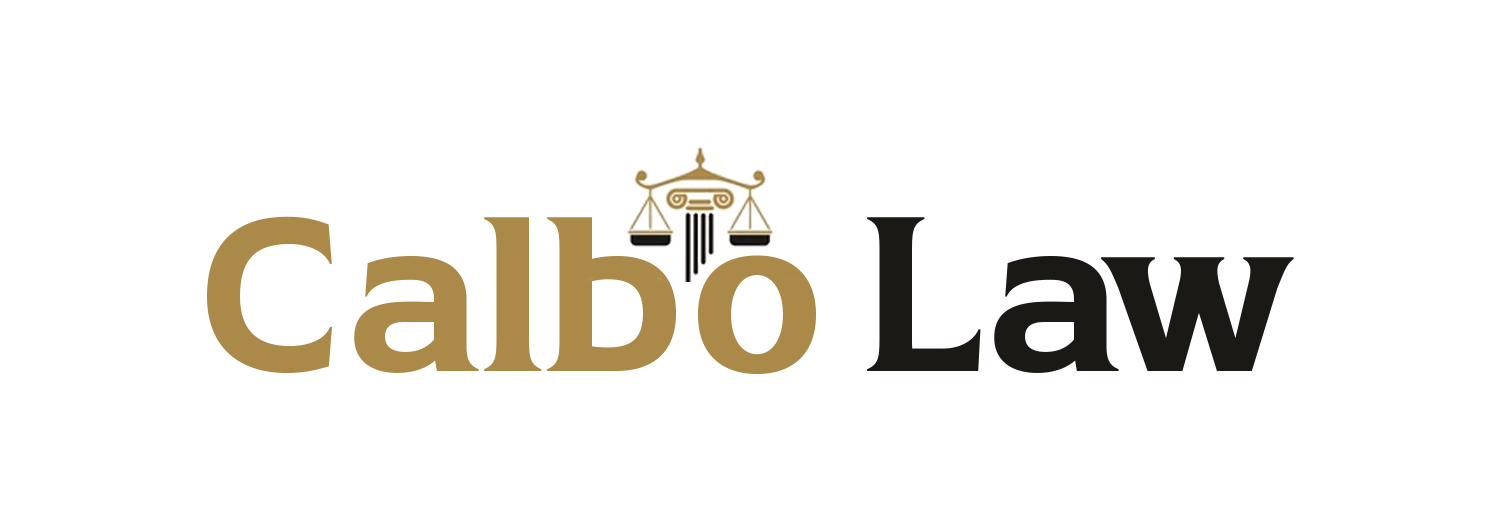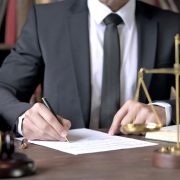When it comes to using creative works such as music, videos, and images, there are often questions about what constitutes fair use. Fair use is a legal doctrine that allows limited use of copyrighted material without obtaining permission from the copyright owner. However, the boundaries of fair use can be difficult to define and can vary depending on the specific circumstances of each case.
What is Fair Use?
Fair use is a legal concept that allows the use of copyrighted material in certain circumstances without the need for permission from the copyright owner. The purpose of fair use is to encourage creativity and the free exchange of ideas by allowing people to use copyrighted material for education, research, criticism, commentary, news reporting, and other purposes.
There are four factors that are used to determine whether a use of copyrighted material is fair:
- The purpose and character of the use
- The nature of the copyrighted work
- The amount and substantiality of the portion used
- The effect of the use on the potential market for or value of the copyrighted work
These factors are not mutually exclusive and must be considered as a whole when determining whether a particular use of copyrighted material is fair use.
Defining Fair Use Boundaries
 While fair use is an important legal doctrine, it can be difficult to determine when a particular use of copyrighted material is fair. The boundaries of fair use can vary depending on the specific circumstances of each case, and there is no bright-line rule to determine whether a particular use is fair or not.
While fair use is an important legal doctrine, it can be difficult to determine when a particular use of copyrighted material is fair. The boundaries of fair use can vary depending on the specific circumstances of each case, and there is no bright-line rule to determine whether a particular use is fair or not.
For example, using a small portion of a copyrighted song in a parody video may be considered fair use, while using the entire song in a commercial advertisement would not be considered fair use.
Another example is using a copyrighted image in a news article to report on a current event may be considered fair use, while using the same image to promote a product would not be considered fair use.
Ultimately, whether a particular use of copyrighted material is fair use will depend on the specific circumstances of each case and must be determined on a case-by-case basis.
Defining fair use boundaries for creative works can be difficult, but it is important to understand the legal doctrine of fair use when using copyrighted material. The four factors used to determine fair use must be considered as a whole when determining whether a particular use is fair or not. While there is no bright-line rule to determine whether a particular use is fair or not, understanding the legal doctrine of fair use can help individuals and businesses make informed decisions about using copyrighted material.












Comments